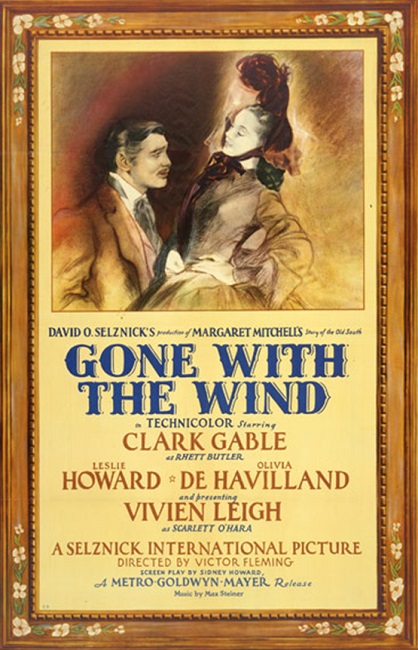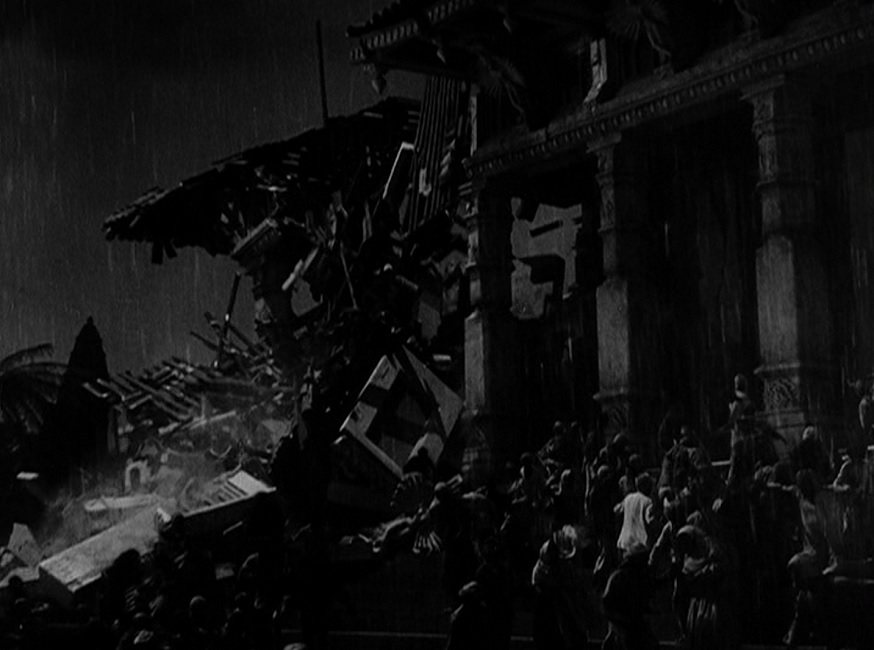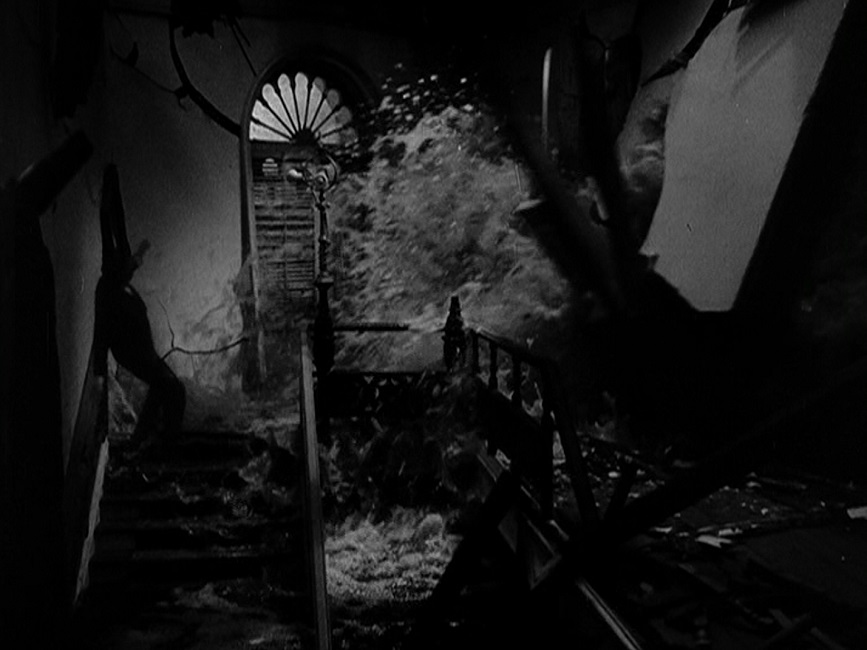




Only Angels Have Wings – 1939
This was a great movie, made even better by some visually incredible special effects. The plot was about a group of hard airplane pilots carrying airmail in the fictional South American town of Barranca. There was a lot of wild stunt flying in propeller planes, takeoffs and landings in the narrow mountain passes, dangerous weather, crash landings, nitro-glycerin explosions, and engine fires. Add to that a great shot of a mountain condor crashing through the front window of a Ford Trimotor, a ton of fog and rain, and an exploding aircraft, and you have some pretty impressive effects. True, the movie was ultimately a romance, but it bordered on action and adventure.
The effects were all done really well and went a long way to enhance the narrative. Within the first ten minutes of the movie, there is a terrible crash that kills a pilot. The scale models used for the effect were spot-on. Thick fog on the landing field appropriately obscured the pilot’s visibility. He is ordered to stay in the air until the weather clears, but he is too eager to have dinner with the pretty woman to obey. As he comes in, he is too low and his wing hits a palm tree. It is torn off, and the plane takes a quick nose-dive before flipping over and landing up-side-down.
Then there was the dangerous stunt flying. During a scene in which the new Trimotor airplane was being tested, the aircraft seemed like it was flying out of control, wildly twisting and turning in the air. The areal stunts were flown by Paul Mantz. Another scene of a pilot landing a single engine plane on a tiny mesa made effective use of a matte painting to create the illusion that it was close to falling over a cliff. To leave the mesa, Mantz flew off the edge of a cliff and performed a daring dive to pick up flying speed, skimming the ground before gaining altitude!
Of course, the film’s climax was when a flock of condors crashed into the Trimotor plane, and two of its three engines caught fire. The shots where flames were being blown into the cockpit didn’t look like composite images, though I could be wrong about that one. And then, after the burning aircraft made its rough landing, and the two pilots are dragged to safety, a rear-projection image was used to show the plane exploding behind the actors.
But all the fog and rain fell under the visual effects umbrella as well, and they looked as believable as anything else. There were even a couple of dazzling lightning bolts to illuminate a ship in the middle of a rainstorm. I think that it can sometimes be easy to forget that those things had to be artificially created for the film. According to Wikipedia, Only Angels Have Wings was the first film in which Roy Davidson and Edwin C. Hahn, were responsible for the effects, and I’d say they made a fantastic debut effort.








